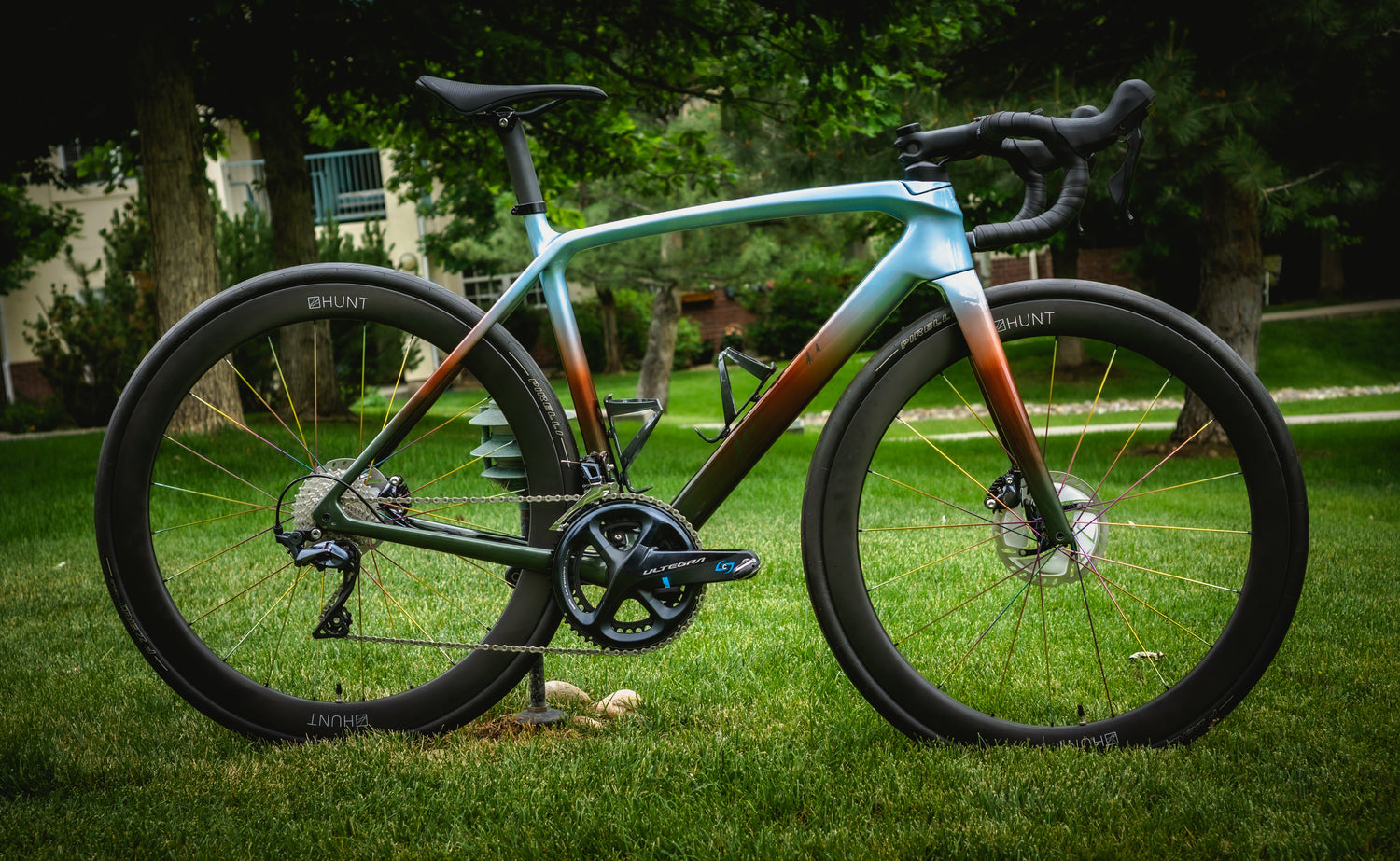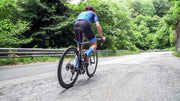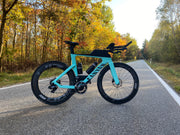What to Look out for when buying a used bike

In the world of cycling, there's a certain charm in owning a second-hand bike. Whether it’s to save money, embrace eco-friendliness, or hunt down a rare model no longer in production, buying used can be an excellent decision. However, it's crucial to navigate this market with care to ensure you're getting a bike that's safe, reliable, and worth your investment. Here's a comprehensive guide on what to look out for when buying a second-hand bike.
Check it’s the Right Size
Ensuring a bike fits properly is crucial for comfort, performance, and safety. While seemingly straightforward, determining the right size can be challenging due to varying sizing recommendations across brands and models. For instance, a 56cm frame road bike from Trek may suit a rider between 5’10”-6’0”, whereas Canyon's equivalent size might be recommended for someone between 5’7”-5’11”. Additionally, different models within the same brand can have distinct sizing due to geometry differences.
When buying second-hand, check the specifications and geometry of the exact model you're interested in. This information is often available on the brand's website or third-party data sources, like 99 Spokes or Geometry Geeks. Don't hesitate to ask the seller about their height and whether they think the bike would suit you.
If you're uncertain about sizing while browsing on MyNextBike, you can reach out to us for assistance.
Inspect for Damage and Check Condition
Inspecting a used bike for damage is essential to avoid unexpected repairs and ensure safety. Look for signs of rust, dents, cracks, or any other issues that could compromise the bike's integrity. Start with the frame, as it's typically the most critical component, then examine other parts thoroughly. If you're purchasing online, rely on clear images from the listing or request additional photos if needed.
Here are some questions to ask the seller for a better understanding of the bike's condition:
- When was it last serviced?
- Are there any damaged or worn-out components? If so, to what extent?
- What's the approximate mileage?
At MyNextBike we encourage sellers to provide high-quality images and detailed descriptions, enabling you to assess the bike's condition accurately before making a purchase. Furthermore, our Buyer Protection policy ensures that if the bike doesn't match its description, you can return it hassle-free.
Beware of Counterfeits
The prevalence of counterfeit bikes in the market is growing. Some counterfeit frames may lack branding, while others bear well-known names like Pinarello or Specialized. Suspiciously low prices are often indicative of counterfeit products. The easiest way to verify a bike's authenticity is by requesting proof of ownership, such as order confirmation, payment receipt, or the bike's serial number.
At MyNextBike, authenticity and transparency are paramount. Our comprehensive buyer protection policy guarantees that if the bike arrives not as described, you can return it for a refund, ensuring your peace of mind.
Stolen Bikes
Similar to spotting counterfeits, it's essential to verify the bike's ownership status to avoid purchasing stolen goods. Ask the seller for proof of ownership and the bike's serial number, typically located on the bottom bracket area. You can then run a search on websites like Bike Register to check for reported thefts.
At MyNextBike, we proactively combat this issue by encouraging sellers to upload the bike's serial number, which we cross-reference against stolen bike databases. Listings on our platform indicate whether the seller has provided this information, adding an extra layer of security for buyers.
In conclusion, buying a second-hand bike can be a rewarding experience when approached with caution and diligence. By following these tips and leveraging the features of MyNextBike, you can navigate the second-hand bike market with confidence, finding the perfect ride for your needs and budget.
Happy cycling!






